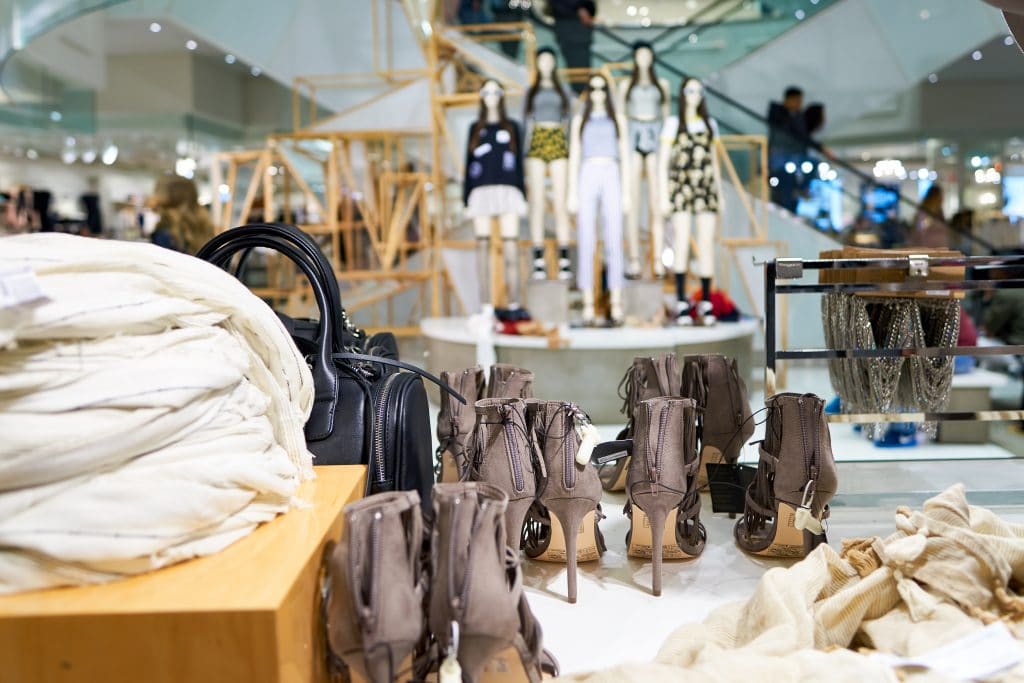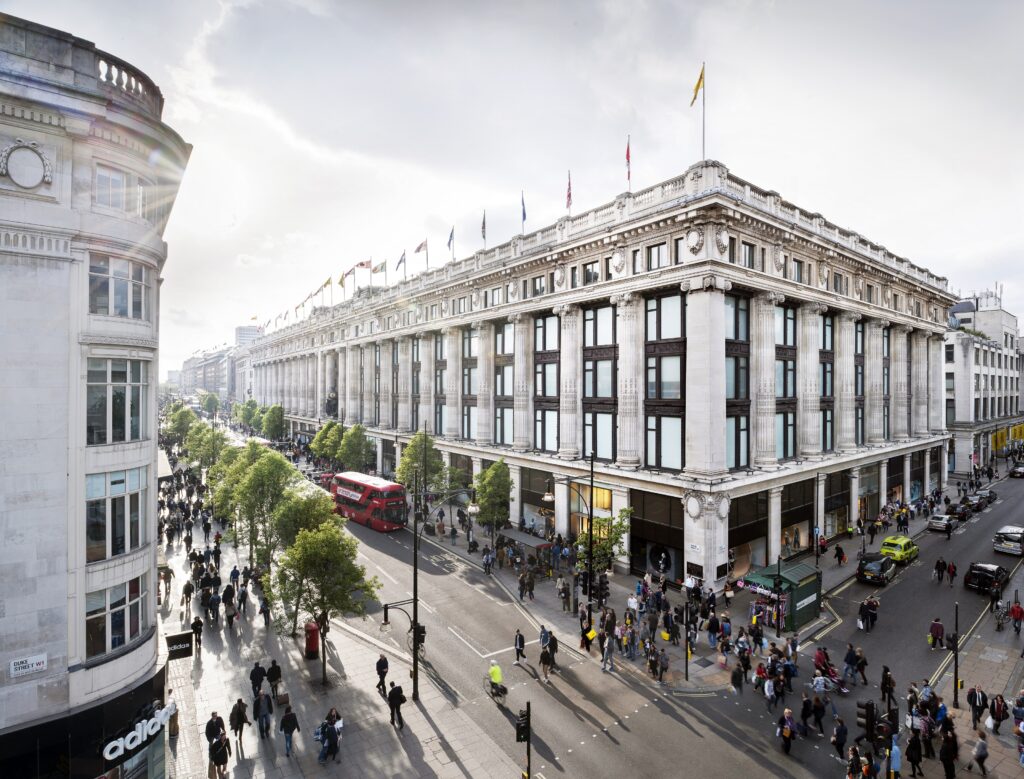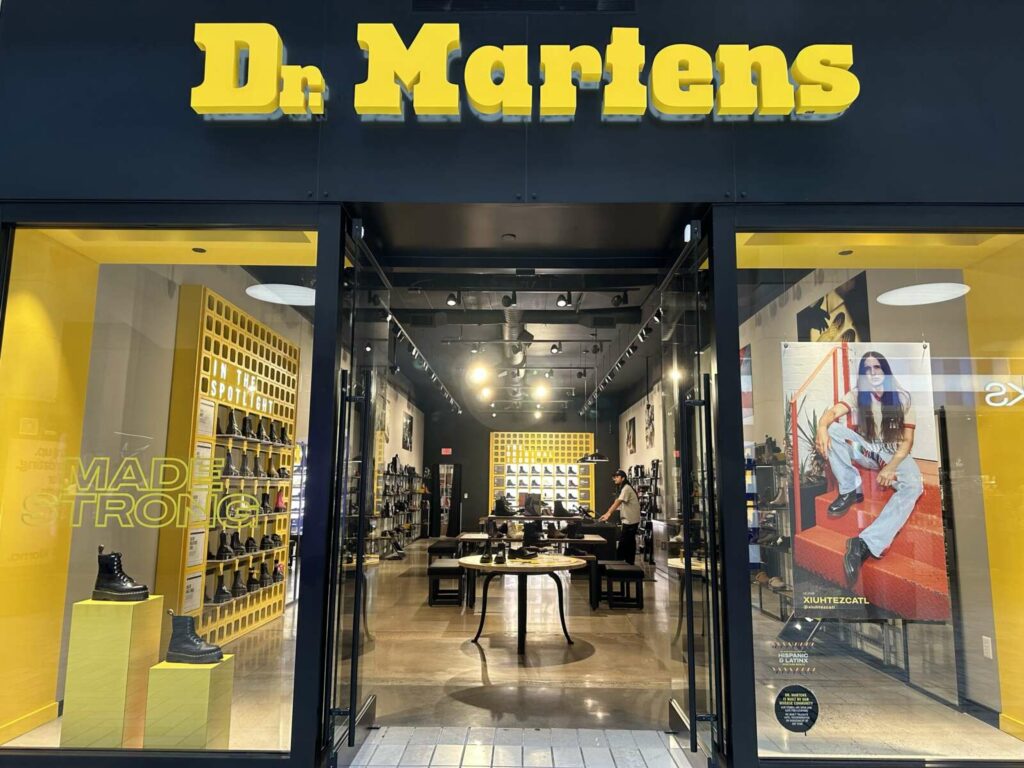Saving money on a fashion purchase is always exciting, and but it’s no secret that the retail industry is rife with knock-off designs, where fast fashion brands capitalise on consumers’ relaxed attitudes towards replicated luxury styles.
When it comes to copyright, trademark or patent laws, it’s no secret that fashion brands sometimes push the boundaries – which can be done at the expense of high-profile fashion designers who sweat blood and tears over their exclusive brand label creations. Consequently, knock-off catwalk designs are seemingly becoming more common in the mid-market or value fashion sector.
Most recently, TV personality Kim Kardashian was awarded $2.7 million (£2.1 million) after winning her lawsuit against Missguided, which she had accused of replicating her own designs, as well that of her husband Kanye West’s Yeezy brand.
Missguided was banned from using the Kardashian’s “trademarks in connection with the sale, marketing or distribution of its products”.
Kardashian said Missguided USA doesn’t just “replicate the looks of celebrities” but “systematically uses the names and image” of stars to promote its website.
But it seems Kardashian had been feeling this way against online fashion retailers since February, when she attacked them for putting almost-identical and cheap knock-offs of her outfits within hours after she was pictured wearing them.
It’s devastating to see these fashion companies rip off designs that have taken the blood, sweat and tears of true designers who have put their all into their own original ideas.
— Kim Kardashian (@KimKardashian) February 19, 2019
Prior to that, in May, British discount retailer Poundland began selling floral printed sandals which resembled Italian luxury retailer Gucci’s £225 sandals.
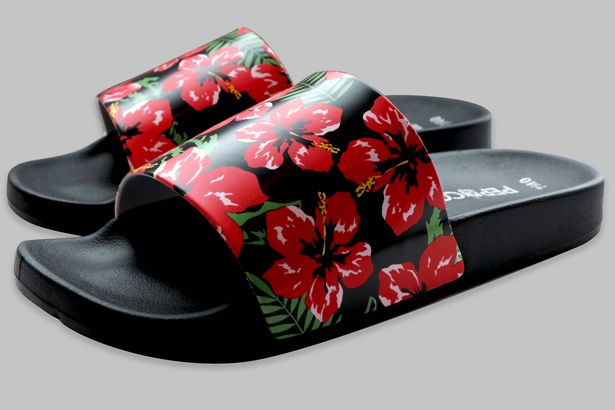
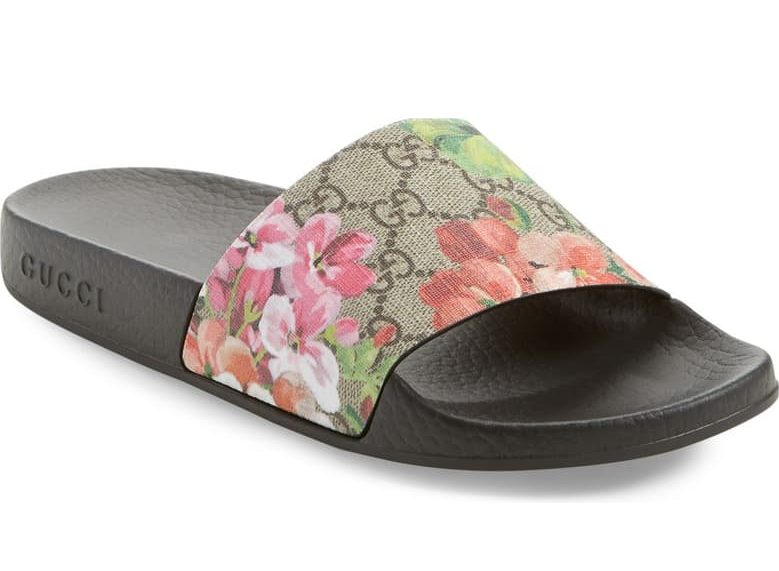
Although it didn’t cause any controversy between the retailers, shoppers realised the similarities and took to Twitter to express their thoughts.
“The copycat economy is a double-edged sword”
Poundland then released £9 trainers that resembled Gucci’s £445 “Ace embroidered sneaker” design in early July.
Not that this seems to dent Gucci’s sales. Last year its French parent company Kering, who also owns the likes of Balenciaga and Yves Saint Laurent, saw comparable sales increase 29.4 per cent to around $15.5 billion (£12.31 billion) – most of which Gucci had generated.
Gucci’s sales on its also topped €8 billion (£7.12 billion) for the first time, which meant it was catching up to beloved fashion designer label Chanel – at a growth of 36.9 per cent.
However, one retailer that struck a chord with Gucci back in 2017, is US fast fashion retailer Forever 21, which experimented with the former’s recognisable and iconic striping patterns on its clothing.
According to the Fashion Law blog, “Forever 21 — which is no stranger to accusations of being a copycat and borrowing other people’s designs”— was served multiple cease and desist letters by Gucci beginning in December 2016.
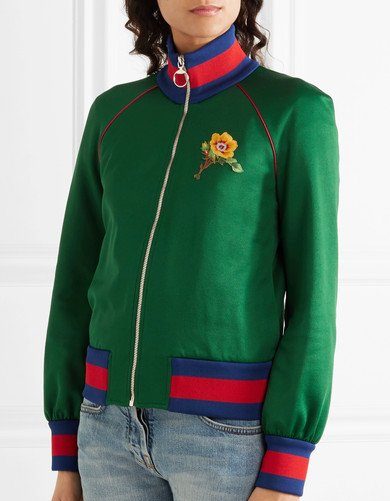
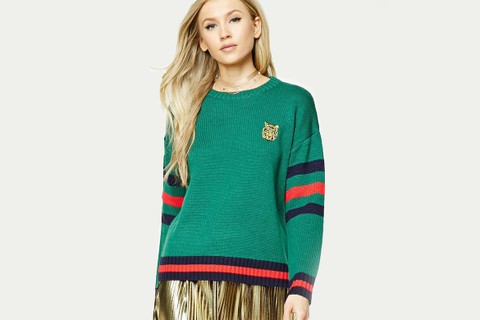
The luxury Italian fashion house demanded that the fast fashion retailer immediately stop selling any garments or accessories that bore Gucci’s trademarked green-red-and-green or blue-red-and-blue striping patterns.
Gucci said it has had trademark registrations on its striping patterns since 1988.
“When high street retailers copy designs produced by luxury fashion labels such as Coco Chanel and Christian Dior, it detracts from their exclusivity”
Forever 21 responded by filing a lawsuit in the US District Court for the Central District of California, arguing: “The colours red, blue, and green, and stripe designs, are among the most favourite, popular and widely used colours and design features on clothing.”
The case was ultimately dropped last year when the judge rejected Gucci’s request to dismiss Forever 21’s trademark-cancellation claim, arguing that “when consumers see those striping patterns, they do not automatically associate then with Gucci”.
Undoubtedly, retailers are attempting to capitalise from the success that luxury designers generate, especially as the designs they’re replicating are already universally recognisable.
“These ‘me-toos’ attempt to steal a share of the equity that has been built up by the more premium brand via ad spend and marketing strategies,” Michael Scantlebury, founder of creative digital agency Impero, told Retail Gazette.
Robert Lands, a partner at law firm Howard Kennedy, said there were large sums of money being made from copying the creativity and designs of others.
“This is happening both within the rules and on the wrong side of them. And it’s not just the mid-market copying the catwalk – mid-market retailers copy smaller designers and their direct competitors too,” he said.
Sandra Perriot, retail specialist at digital marketing agency Cheil UK, said fast fashion retailers’ efforts were ineffective when it comes to replicating designs because quality is not their “main driver”. She added this was “the sweet spot of luxury and mid-market retailers”.
However, Fashion Retail Academy lecturer Anthony McGrath said the copycat economy was a “double-edged sword”.
“Too often customers aren’t even aware that they are buying clothes that imitate the work of a particular designer”
“When high street retailers copy designs produced by luxury fashion labels such as Coco Chanel and Christian Dior, it detracts from their exclusivity,” he told Retail Gazette.
Designers such as Dior are desired for their chic, exclusive statements, but this won’t stop customers from finding a similar product at a much lower price, especially when it’s done so as to show it off on social media.
McGrath argued that the copycat economy hurts smaller emerging fashion designers who are not recognised properly for their work.
“Too often customers aren’t even aware that they are buying clothes that imitate the work of a particular designer and don’t have any idea where the original design came,” he explained.
“What is worse, because of their size, these small designers often lack the ammunition to fight back against well-known retail giants who have imitated their designs.”
Scantlebury added that customers who want to save money by buying the cheaper alternative are joining a “false economy”.
“Fashion copycats are cheaply made and designed to be only worn 5-10 times,” he said.
“Investment in a designer garment is likely to last the consumer for years.
“Brands need to be smart when it comes to copycats and have strategies in place that acknowledge the activity”
“Brands need to be smart when it comes to copycats and have strategies in place that acknowledge the activity while reassuring the consumer that staying with them is more beneficial in the long-term.”
One luxury retailer that dealt with copycats is British fashion house Burberry, when it implemented a strategy that re-educated people about its heritage. In 2017 it tackled copycats head-on by creating a “catwalk to consumer” platform, allowing people to buy straight from the catwalk – therefore beating fast fashion retailers to the purchase line.
Nonetheless, it could be argued that imitation keeps the wheels of the fashion industry turning. McGrath said within the technology sector, there was a constant stream of innovation that results in new products replacing the old.
“The fashion industry is different – designs become outdated because the industry is cyclical,” he explained.
“Designs that inspire copycats become widespread. They inspire trends but the popularity of these trends is, ultimately, what also destroys them, allowing new designs to enter the limelight.
“Without the art of copying, the fashion industry would be far more fragmented and consumers simply wouldn’t be able to be a ‘follower’ fashion by buying into the latest trend at whatever price point suits them.”
McGrath added that the copycat economy makes fashion more accessible to the average consumer, rather than the elite.
Alice Barat, the chief commercial officer of womenswear retailer B Girl Fashion, agreed.
“When only the minority can afford to purchase high-end haute couture, it’s more important than ever to be able to meet the style demands of an everyday consumer,” she told Retail Gazette.
“The ability to take inspiration from catwalk fashion and rapidly translate this into affordable clothing means that the broader demographic can be targeted.”
“Whilst some designer fashion houses are beginning to develop their ranges ahead of their shows in order to provide more instant purchasing, for many consumers, waiting six months for an item to become available to buy doesn’t sit within the level of expectation for instantaneous results.”
Click here to sign up to Retail Gazette‘s free daily email newsletter

